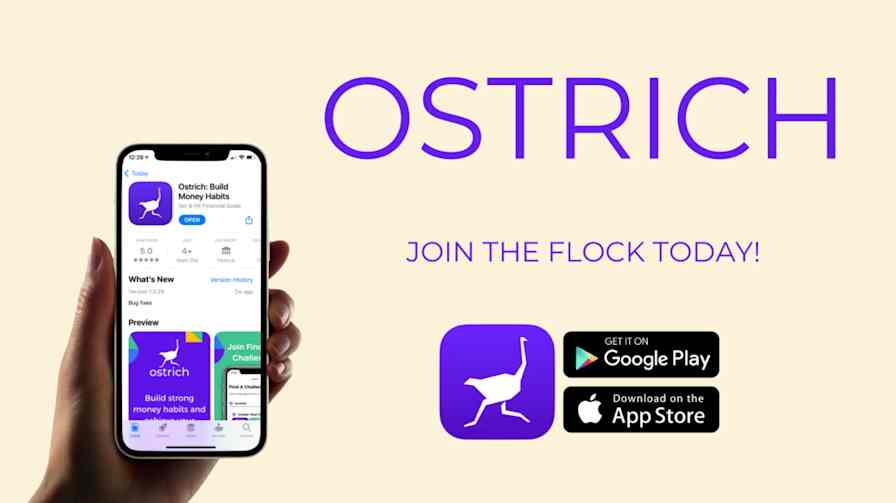Business tips
9 min readLow-code vs. no-code: Understanding the key differences and benefits
By Cecilia Gillen · September 27, 2024

Get productivity tips delivered straight to your inbox
We’ll email you 1-3 times per week—and never share your information.
Related articles
Improve your productivity automatically. Use Zapier to get your apps working together.









